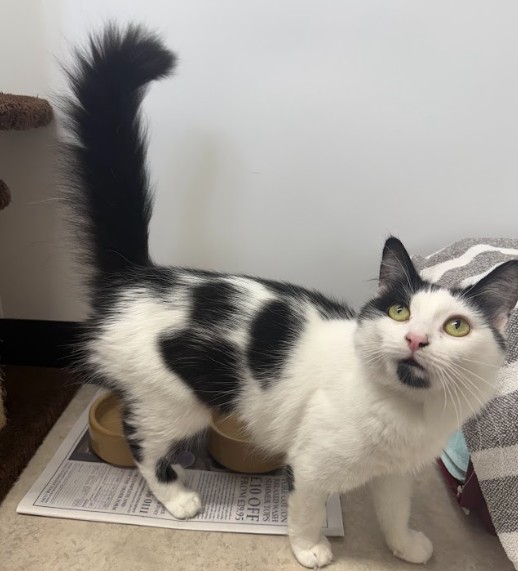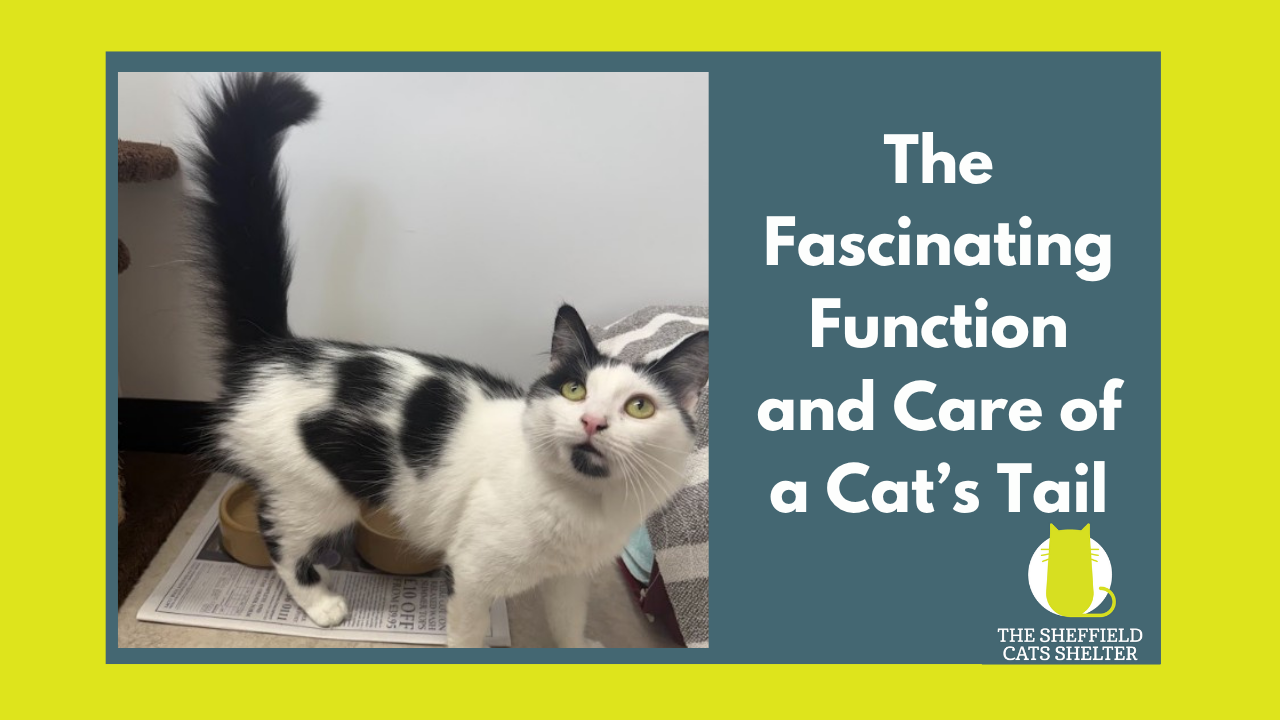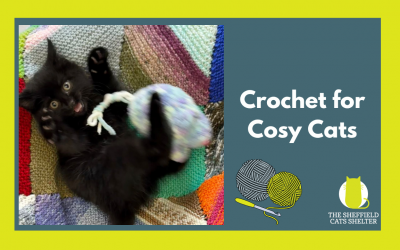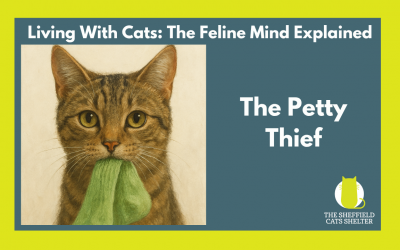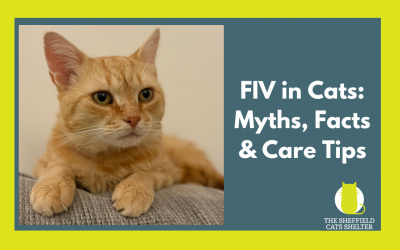We all love a swishy, expressive cat tail, from bold bottle-brush poofs to relaxed, curled tips. But did you know your cat’s tail is far more than just decoration?
In this post, we’ll explore the anatomy of a cat’s tail, its many important functions, how injuries can happen, warning signs of tail damage, and what you can do to keep your cat’s tail safe, especially around children.
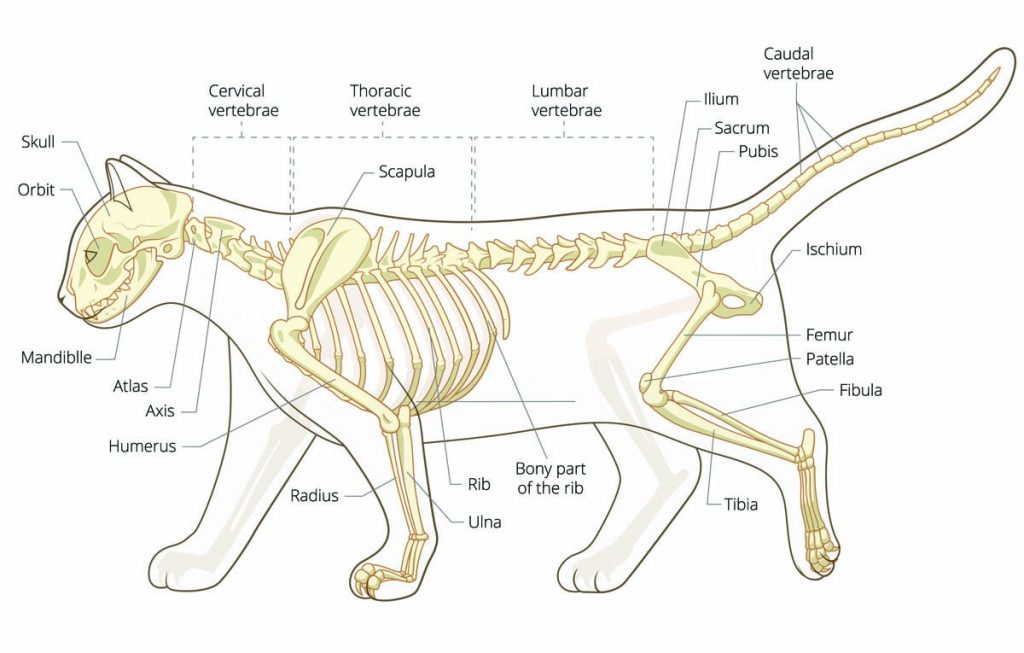
🧠 Tail Anatomy: What’s Inside?
A cat’s tail contains up to 23 vertebrae, which are an extension of the spine. It’s made up of bone, muscles, tendons, and nerves, all working together to provide flexibility, balance, and communication.
Because of this intricate connection to the spinal cord, the tail isn’t just sensitive, it’s vital. At the base of the tail are nerve bundles that can affect urination, defecation, and even movement in the hind legs if damaged.
⚠️ Common Causes of Tail Injuries
- Tail getting caught in doors or windows
- Being stepped on or sat on accidentally
- Fights with other animals
- Falls from heights
- Road traffic accidents (especially for outdoor cats)
- Rough handling or pulling, often by young children
✅ How to Keep Your Cat’s Tail Safe
- Close doors slowly and check for tail placement first.
- Never pull a cat by the tail.
- Handle your cat gently and respect their boundaries.
- Supervise play with children or other pets.
- Consider a safer indoor lifestyle, or cat-proof outdoor spaces.
🧒 Teaching Children to Respect the Tail
It’s essential to help young children understand that a cat’s tail is not a toy.
Here are some child-friendly teaching tips:
- “We pet with gentle hands — no grabbing.”
- Use storytime or pictures to show how animals communicate with their tails.
- Supervise interactions between kids and cats, especially with toddlers.
- Model respectful behaviour: no pulling, poking, or chasing.
🚨 Signs Your Cat May Have a Tail Injury
If you notice any of the following, your cat’s tail may be injured, and you should consult a vet:
- Limp or drooping tail
- Swelling or visible wounds
- Bleeding or bald patches
- Resistance or pain when touched
- Inability to lift or move the tail
- Incontinence (accidents outside the litter box)
- Lack of tail movement during walking or balance issues
These signs can indicate anything from minor sprains to serious nerve damage.
🐈⬛ What Does a Cat Use Its Tail For?
More Than Just Balance and Communication
A cat’s tail is like a multi-tool: it helps with movement, social interaction, and even emotional self-regulation.
Here’s a closer look at its functions:
1. Balance and Coordination
Cats are famously agile, and their tails play a key role in that reputation.
- When walking on narrow surfaces (like fences or railings), the tail acts as a counterbalance, helping them stay stable.
- During jumps or sudden turns, the tail helps adjust their trajectory mid-air, which is especially important for landings.
- This is one reason why tailless cats (like Manx cats) sometimes have a slightly different gait or may struggle with balance, though many adapt very well.
2. Communication and Body Language
Cats use their tails to express a wide range of emotions. Reading a cat’s tail language can tell you a lot about how they’re feeling:
- High tail = confidence, friendliness, curiosity
- Upright tail with a slight curve = relaxed and happy
- Twitching tail tip = focused or slightly annoyed
- Puffed-up tail = scared, startled, or defensive (a way to appear larger)
- Lashing/swatting tail = irritation or aggression
- Low or tucked tail = fear, stress, or submission
In multi-cat households, tail posture is a key part of how cats greet and navigate each other’s presence; it’s a whole language!
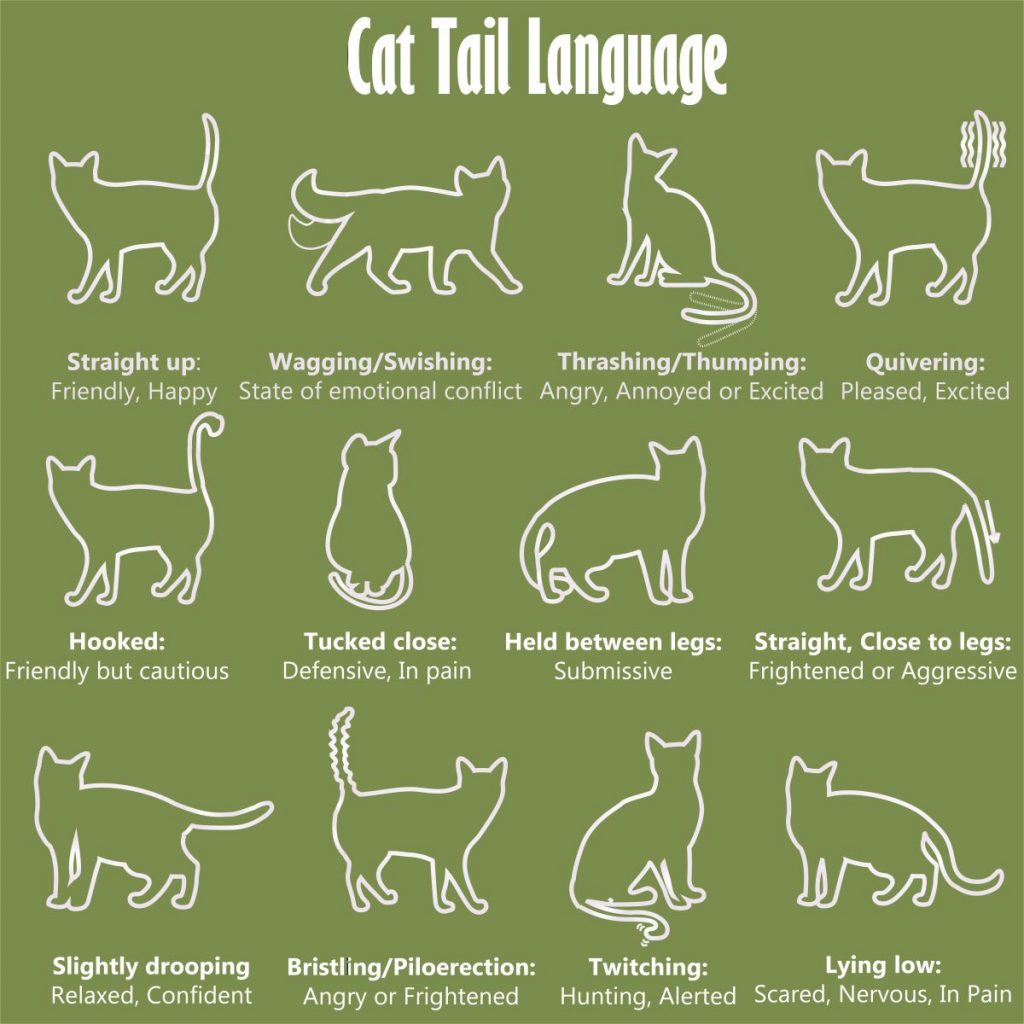
3. Scent Communication (Pheromone Distribution)
Cats have scent glands under their tails, and while the tail isn’t a scent gland itself, it helps expose and position the glands. During social interactions, especially in friendly cats, tail postures that expose these areas (like tail-up greetings) can be part of scent-based communication.
4. Thermoregulation (Heat Retention)
In colder weather, cats sometimes wrap their tails around themselves like a scarf or blanket, especially when curled up to sleep. This helps reduce heat loss and keeps their noses, paws, or bellies warm.
5. Self-Soothing and Regulation
Some cats swish their tails or wrap them around themselves when nervous or uncertain. Much like how humans might fidget with their hands, tail movement can be a self-soothing mechanism for cats.
6. Interaction With Their Environment
The tail can be used to subtly test space or interact with surroundings, such as brushing against objects, other animals, or humans. It helps the cat build a sensory map of their environment, especially in tight spaces.
🐱 In Conclusion: A Tail of Importance
A cat’s tail is more than just a charming flourish; it’s a vital part of their health, mobility, and happiness. By understanding the anatomy and function of the tail, recognising signs of injury, and promoting respectful handling, we can all help keep cats safe, comfortable, and confident.
At The Sheffield Cats Shelter, we see firsthand how important education is for long-term cat welfare. Whether you’re a long-time cat guardian or just getting started, we hope this guide helps you care for every part of your cat, right down to the tip of the tail.
Want to support our work?
Consider donating, adopting, or following us for more cat care tips and stories! 💚
